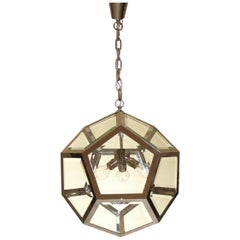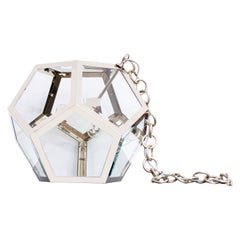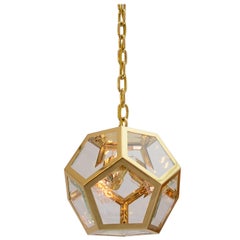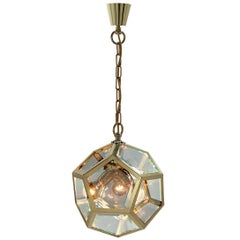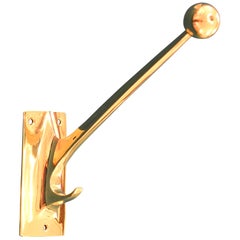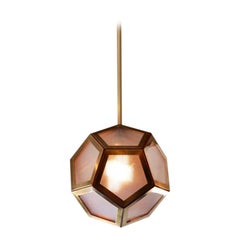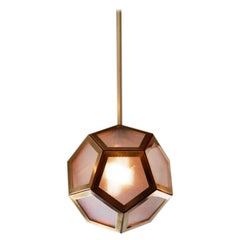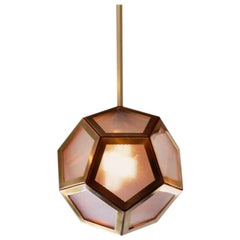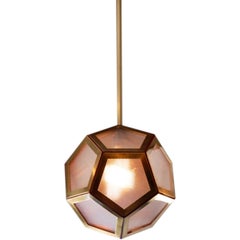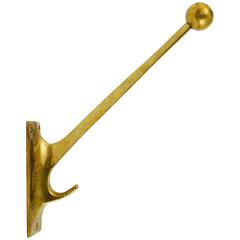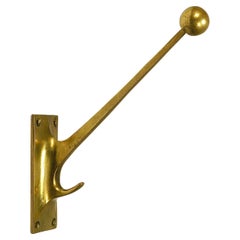Adolf Loos Knize
2010s Austrian Jugendstil Chandeliers and Pendants
Brass
2010s Austrian Jugendstil Table Lamps
Brass
2010s Austrian Jugendstil Chandeliers and Pendants
Brass
2010s Austrian Jugendstil Chandeliers and Pendants
Brass
2010s Austrian Jugendstil Coat Racks and Stands
Brass
21st Century and Contemporary Austrian Modern Lanterns
Brass
21st Century and Contemporary Austrian Modern Lanterns
Brass
21st Century and Contemporary Austrian Modern Lanterns
Brass
21st Century and Contemporary Austrian Modern Lanterns
Brass
Recent Sales
Antique Early 1900s Austrian Art Nouveau Wardrobes and Armoires
Brass
Antique Early 1900s Austrian Art Nouveau Coat Racks and Stands
Brass
Antique Early 1900s Austrian Art Nouveau Chandeliers and Pendants
Brass
Antique Early 1900s Austrian Art Nouveau Chandeliers and Pendants
Brass
Antique Early 1900s Austrian Art Nouveau Wardrobes and Armoires
Brass
Early 20th Century Austrian Art Nouveau Architectural Elements
Brass
People Also Browsed
Early 2000s Italian Mid-Century Modern Chandeliers and Pendants
Brass
21st Century and Contemporary American Wall Lights and Sconces
Metal, Nickel, Brass
21st Century and Contemporary Italian Chandeliers and Pendants
Brass
Early 20th Century French Art Deco Wall Lights and Sconces
Crystal, Wrought Iron
2010s Austrian Jugendstil Chandeliers and Pendants
Brass
Early 2000s Italian Mid-Century Modern Wall Mirrors
Brass
Vintage 1930s Finnish Art Deco Chandeliers and Pendants
Metal, Brass
Vintage 1960s Dutch Commodes and Chests of Drawers
Wood
Antique 1890s French Art Nouveau Beds and Bed Frames
Bentwood
21st Century and Contemporary Ukrainian Modern Credenzas
Brass
Vintage 1960s Italian Mid-Century Modern Chandeliers and Pendants
Chrome
Late 20th Century French Mid-Century Modern Commodes and Chests of Drawers
Brass
21st Century and Contemporary Italian Modern Floor Lamps
Metal
Vintage 1960s German Mid-Century Modern Wall Lights and Sconces
Brass
Vintage 1960s Italian Mid-Century Modern Beds and Bed Frames
Brass
Mid-20th Century Italian Mid-Century Modern Table Lamps
Aluminum
Adolf Loos Knize For Sale on 1stDibs
How Much is a Adolf Loos Knize?
Materials: Brass Furniture
Whether burnished or lacquered, antique, new and vintage brass furniture can elevate a room.
From traditional spaces that use brass as an accent — by way of brass dining chairs or brass pendant lights — to contemporary rooms that embrace bold brass decor, there are many ways to incorporate the golden-hued metal.
“I find mixed metals to be a very updated approach, as opposed to the old days, when it was all shiny brass of dulled-out silver tones,” says interior designer Drew McGukin. “I especially love working with brass and blackened steel for added warmth and tonality. To me, aged brass is complementary across many design styles and can trend contemporary or traditional when pushed either way.”
He proves his point in a San Francisco entryway, where a Lindsey Adelman light fixture hangs above a limited-edition table and stools by Kelly Wearstler — also an enthusiast of juxtapositions — all providing bronze accents. The walls were hand-painted by artist Caroline Lizarraga and the ombré stair runner is by DMc.
West Coast designer Catherine Kwong chose a sleek brass and lacquered-parchment credenza by Scala Luxury to fit this San Francisco apartment. “The design of this sideboard is reminiscent of work by French modernist Jean Prouvé. The brass font imbues the space with warmth and the round ‘portholes’ provide an arresting geometric element.”
Find antique, new and vintage brass tables, case pieces and other furnishings now on 1stDibs.
Read More
Art Nouveau Master Alphonse Mucha Created Much More Than Parisian Posters
Aside from his iconic commercial prints, the Czech artist endeavored to make works that spoke to the soul.
Everything You’d Want to Know about Enamel Jewelry
From vibrant to subtle, elegant to cheeky, enamel jewelry encompasses a wide range of colors and styles, and there are almost as many techniques for creating these distinctive pieces.
What Makes Art Nouveau Jewelry So Collectible?
The first art and design movement of the 20th century was all about celebrating beauty of women and nature.
